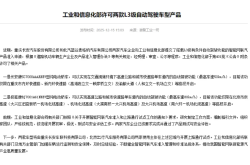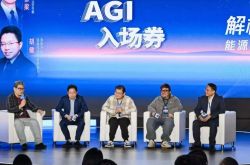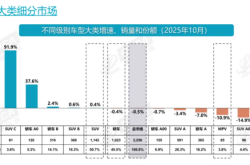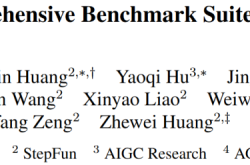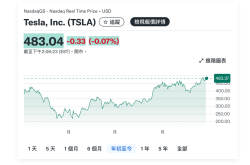Forty Years of Nissan in China: The Gains and Losses of Foreign Enterprises in the Chinese Market
![]() 10/24 2025
10/24 2025
![]() 558
558
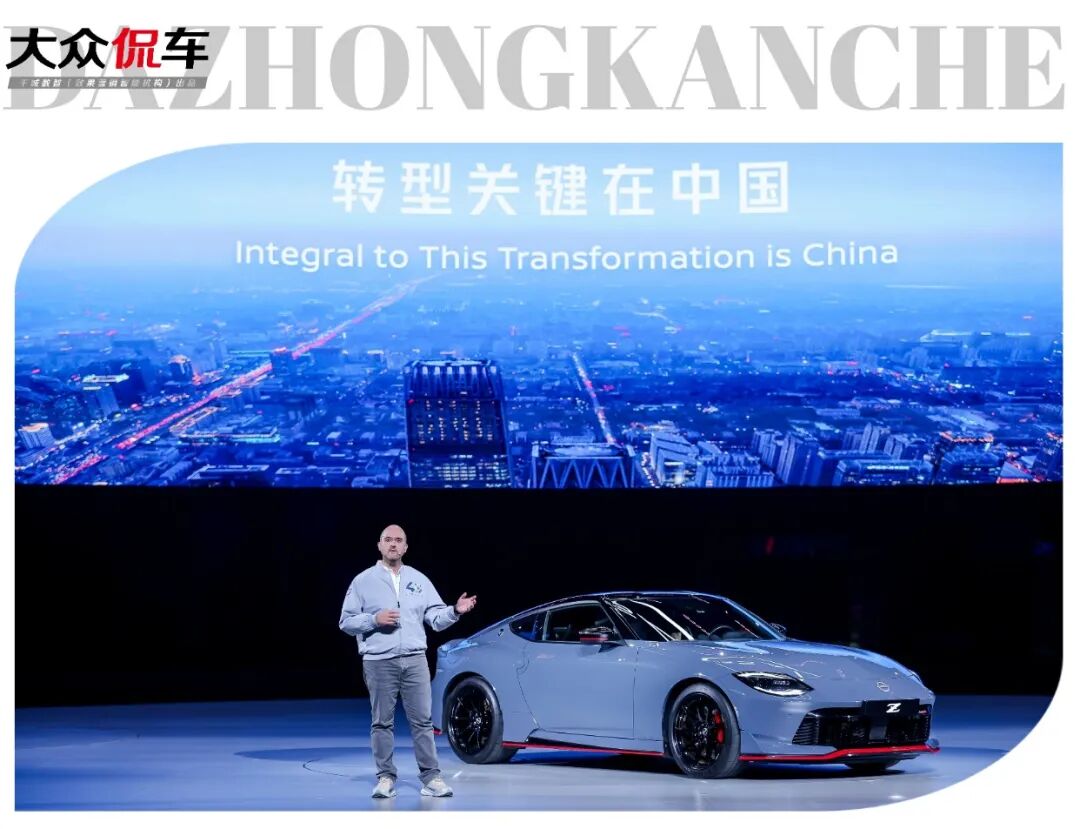
TEAM
Layout: Chen Yujie
Images: Sourced from the internet; removal upon request
Produced by: Qiancheng Shuzhi (an intelligent agency specializing in performance marketing)
The Chinese automotive industry is undergoing profound changes driven by electrification and intelligent technologies. As both a participant and a witness to this transformation, Nissan Motor's 40-year journey in China not only represents a history of corporate growth but also serves as a typical case study for foreign enterprises navigating the Chinese market.
In May of this year, Nissan's fiscal year 2024 financial report revealed a net loss of 670.9 billion yen (approximately RMB 31.8 billion), a stark reversal from the previous fiscal year's net profit of 426.6 billion yen (approximately RMB 20.2 billion). In response, Nissan launched the 'Re:Nissan' strategic plan, centered on streamlining and focusing its operations. This includes strategic contractions such as closing seven global factories, laying off 20,000 employees, and concentrating resources on six key markets, with China being a top priority.
As Nissan's largest single global market, China undoubtedly lies at the heart of this revival campaign. At the Nissan China 40th Anniversary Brand Night event, models spanning from the classic Cedric, Sylphy, and GT-R to the future-oriented N6 and Teana·HarmonyOS Cockpit were showcased. The breadth of the product lineup not only highlights Nissan's historical heritage but also underscores its determination to undergo a transformative shift—prioritizing the localization of new energy vehicles (NEVs) as a cornerstone of its China strategy.
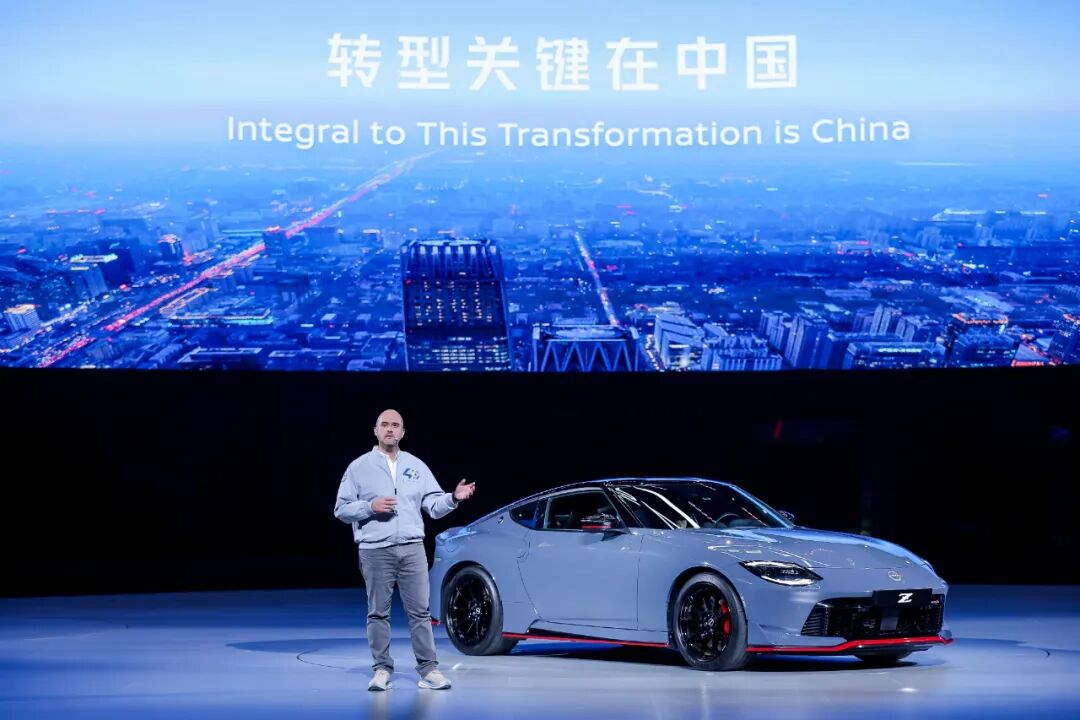

Forty Years, Three Transformations of Identity
Nissan's China story began in 1973 when the Nissan Cedric, along with models like the Toyota Corona and Crown, entered China in small numbers through imports. The Cedric, with its exceptional performance and design, served as an early introduction for Chinese consumers to the concept of luxury sedans.
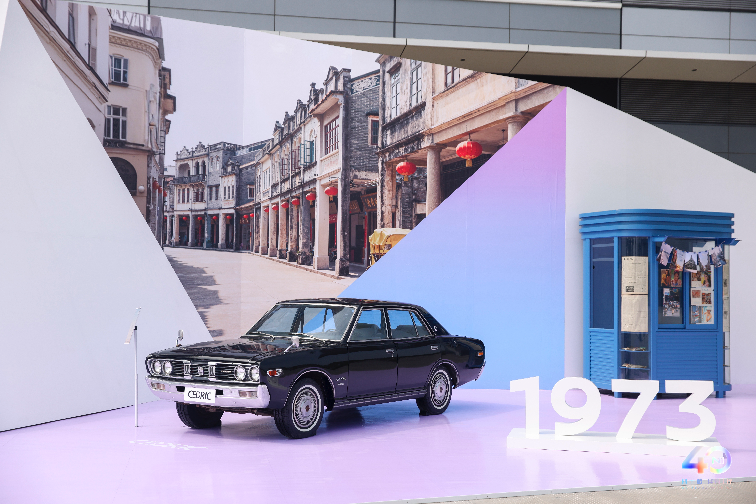
With the advancement of China's reform and opening-up policies, demand for passenger vehicles surged, and policies for introducing foreign capital gradually loosened. In 1985, the Nissan Motor Company Beijing Office was officially established, marking a substantive stage in its business layout in China.
The true sense of 'deep cultivation' began after the turn of the millennium.
Accompanying the boom in China's private car market, Nissan swiftly shifted its strategy from mere technology export to deep localization operations. In 2003, Dongfeng Nissan was established; the following year, the fourth-generation Teana was launched in the Chinese market, winning over consumers with its spaciousness and excellent fuel economy. Subsequently, models such as the Qashqai, X-Trail, and Sylphy were introduced, helping Dongfeng Nissan achieve a production and sales scale of one million units within five years. In January 2011, the fifth-generation Teana set a record for the highest monthly sales in China at 35,300 units. By 2019, the Sylphy series had surpassed 3 million cumulative sales in China, consistently ranking as the 'King of Family Sedans,' attesting to Nissan's ability to accurately grasp the demands of Chinese families for vehicles.
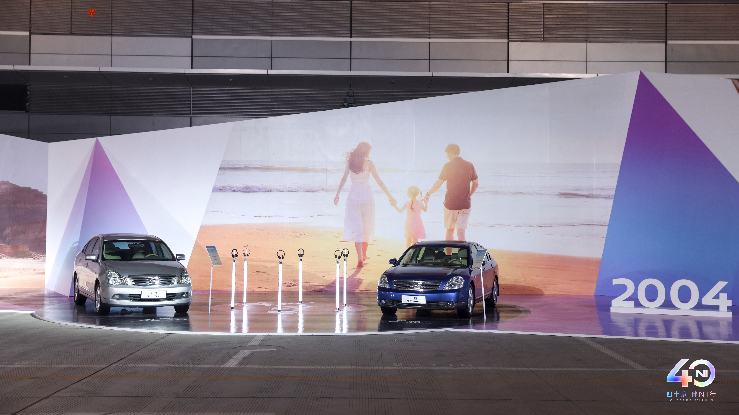
However, the wave of electrification after 2020 completely altered the competitive landscape of the market.
Nissan's sales in China declined from a peak of 1.564 million units in 2018 to 793,000 units in 2023, with cumulative sales from January to September 2025 standing at only 457,000 units, indicating a clear downward trend.
Behind this decline lies a timing dilemma faced by Nissan as a global technological pioneer and an early entrant in an emerging market.
When the domestically produced Leaf was launched as the 'Venucia e30' in 2014, China's electric vehicle market was still in its infancy, with infrastructure and consumer awareness far from mature. As a 'pioneer' entering the market, Nissan objectively bore the costs of educating the market but failed to wait for its explosion. Its fundamental mistake lay in misjudging the speed and depth of this transformation during the prolonged market silence. When it returned to the battlefield with the ARIYA in 2022, BYD had already become China's automotive sales champion through its new energy transformation, while new energy vehicle startups such as Neta, NIO, Xpeng, and Li Auto were in full swing, and Seres had also risen rapidly. The structure of China's new energy vehicle market had largely taken shape.
As a result, the market performance of the ARIYA fell short of expectations. Yiche data showed that only 1,205 units of the model were sold in the three months after its launch, with annual sales in 2023 reaching only 3,702 units, and it was recalled multiple times due to faults. The Wuhan factory (primarily producing the Ariya and X-Trail), with its significantly low capacity utilization rate, is planned to shut down in the 2025 fiscal year, serving as a microcosm of Nissan's setbacks in electrification.
Nissan's predicament is not unique; it acts as a mirror reflecting the collective loss of voice experienced by traditional foreign giants on the new track of intelligent electric vehicles. Volkswagen's ID series encountered a 'vehicle system lag' crisis in China, Honda's electric vehicle models continued to perform poorly, and BBA's (BMW, Mercedes-Benz, Audi) pure electric models also faced the challenge of fading luster. As a senior executive from a joint venture brand remarked, 'On the track of intelligent electric vehicles, the advantages of traditional foreign brands are crumbling.'

Breaking the Transformation Dilemma with Chinese Speed
Facing the severe situation, Nissan is catching up with unprecedented 'Chinese speed.' At the Shanghai Auto Show in April this year, Nissan's pure electric sedan N7 was officially launched, and it announced the introduction of 10 new energy vehicle models in China before the summer of 2027. As of September, the N7 had accumulated deliveries of 32,901 units, becoming the first case to show initial success under the 'In China, For China' strategy.
More profound changes occurred in the R&D and decision-making systems. Under the new Glocal (Global + Local) cooperation model established by Nissan and Dongfeng, the Chinese team gained product leadership for the first time, with the R&D cycle compressed to within 24 months. In October this year, Nissan's LCV (Light Commercial Vehicle) R&D center was officially established in Zhengzhou, aiming to serve the global market with Chinese technology. Meanwhile, Makoto Uchida, Chairman of Nissan China Management Committee and President of Dongfeng Motor Co., Ltd., revealed that Dongfeng Nissan would invest an additional over RMB 10 billion to strengthen its R&D capabilities before the end of 2026. At the same time, Nissan actively collaborated with technology companies such as Huawei and Momenta, completing a strategic transformation from one-way technology export to bidirectional ecological co-construction. These moves align with industry trends such as Volkswagen's partnership with Xpeng and BMW's increased investment in R&D in China.
At the 40th Anniversary Brand Night, these transformation achievements were showcased: in addition to the initially successful N7, the world's first plug-in hybrid sedan N6, the new generation Teana equipped with Huawei's HarmonyOS Cockpit, the world's first plug-in hybrid pickup truck Frontier Pro, and other upcoming models made joint appearances. The introduction plan for the legendary sports car Z NISMO was also officially placed on the agenda.
More importantly, in September, Nissan Import and Export (Guangzhou) Co., Ltd., a joint venture established by Nissan and Dongfeng, officially commenced operations. As China's first joint venture automotive import and export company, it will begin exporting electric vehicles from China to Southeast Asia, the Middle East, Central and South America, and other markets from 2026, marking the substantive advancement of the 'For China, To the Globe' strategy.
This set of combined moves not only demonstrates Nissan's breakthroughs in core technological areas such as plug-in hybrids and intelligent cockpits but also highlights its determination to reshape its product matrix. More profoundly, the success of the N7 has validated a feasible path for joint venture brands' electrification transformation. The acceleration of R&D cycles and the reverse output of technology are transforming China from a traditional sales market into a pivotal point for Nissan's global strategy—not only a testing ground for technological iteration but also a base camp for cost optimization and strategic transformation.
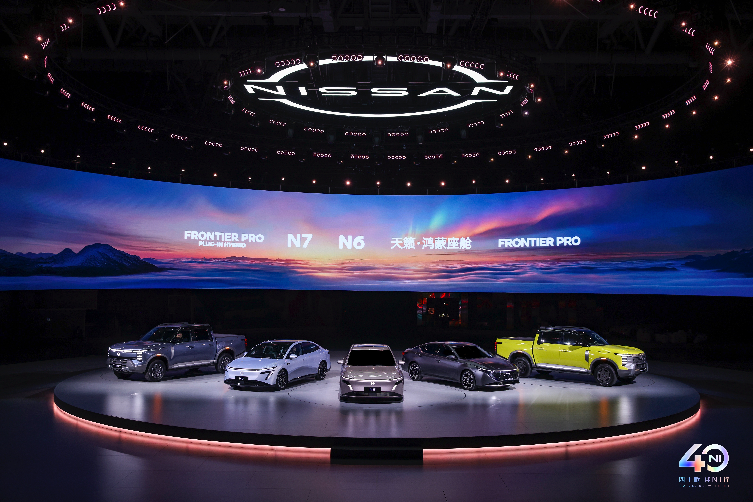
Car Talk
Looking back at Nissan's 40 years in China, its development trajectory has resonated with China's reform and opening-up. From being a 'teacher' in technology export to a 'partner' in deep localization, and now to a 'companion' in electrification transformation, Nissan's role transitions vividly reflect China's journey from a global follower to a rule definer.
Despite temporarily lagging in electrification transformation, Nissan still holds significant trump cards: brand recognition cultivated over 40 years in China, a nationwide channel network, a stable foundation formed by models such as the Sylphy, and proven localized R&D capabilities.
Relying on the 'Re:Nissan' plan, this 'forty-something' traveler in China is demonstrating the innovative courage of an established enterprise. While the challenges are undoubtedly severe, for Nissan, a company that has navigated through countless industry cycles, its accumulated resilience and adaptability remain its most reliable assets in this transformation.
The real battle has only just begun.


